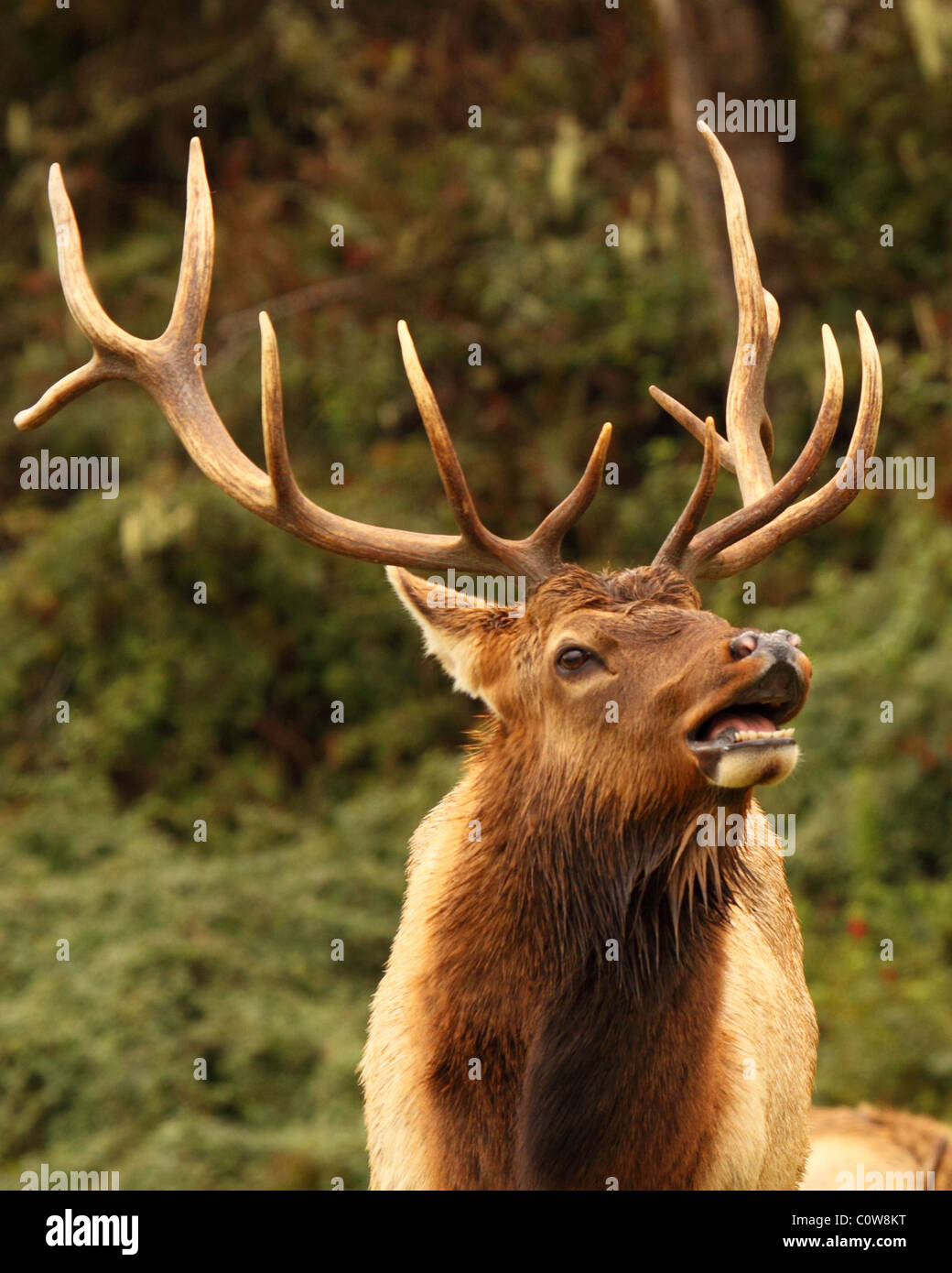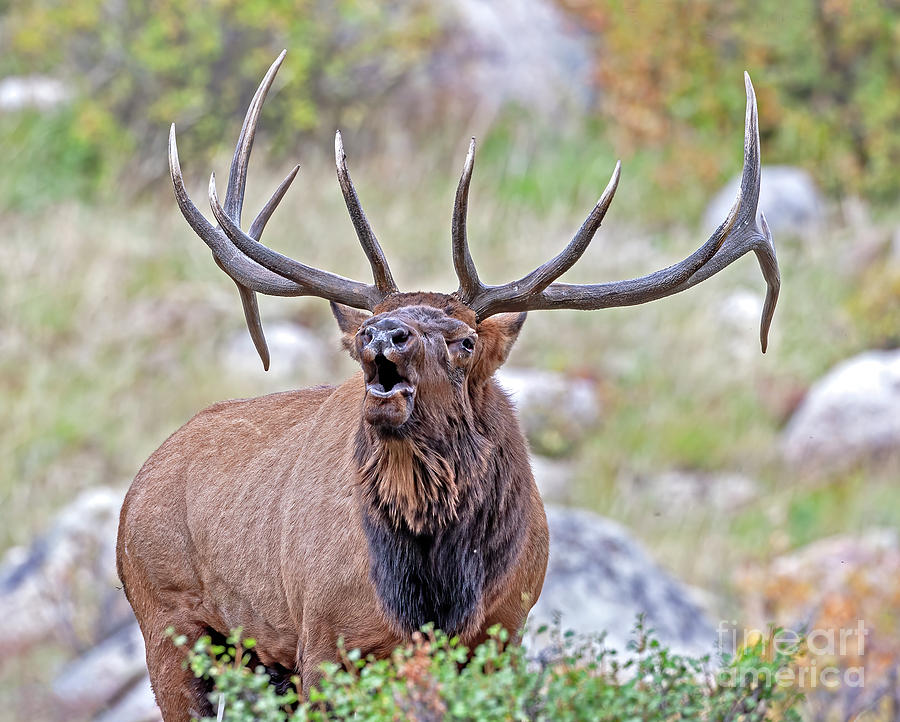
For instance, you want to know if the sounds you’re hearing are from a bull or cow, if they’re alert or calm. For the elk hunter, it’s important to understand exactly what these vocalizations mean. And the different cadences are extraordinary. No other animal in North America sounds quite like it. Understanding the elk sounds of the season will give you a leg up when you head to the woods this fall.įor us, there’s almost nothing better in this world than hearing elk sounds echo throughout the mountains. This is what you’ve been waiting for all year. That’s when the stalk begins across the ridge. After days of trekking, you’ve finally heard the roar of a bull elk, and you’ve got him pinpointed. There it is again, the sound, unmistakable and piercing. Luckily, each calf has plenty of babysitters with the rest of the elk herd watching after them.Slowly stalking through stands of conifers and golden aspens, you stop and cup your hand to your ear. Life gets even harder just a few weeks, or sometimes only days after birth, as the elk herds start to move up to the tundra and the calf has to hike miles, gaining 5,000 feet of elevation, to start enjoying the tundra’s sweet grass. Generally the mothers form very small herds and the calves start playing with other calves, learning how elk life works.įrom birth until mid-July the calf will drink about a gallon of milk a day gaining two to three pounds a day. This state is short lived though, as June is a calf’s most dangerous time when predators like coyotes are prowling the edges of elk herds looking for a baby hiding in the grass. Nature is momentarily kind during the elks’ first week of life – the baby doesn’t produce a scent for nearly a week to help allude predators. After birth the elk calf spends most of its time hiding in grass or bushes and following its mother as she grazes. Don’t use headlights or flashlights to illuminate or entice wildlife.Įnjoy your not-too-close encounter with our native elk!Įarly June is when most of the babies of RMNP arrive. Within the park, you may be cited for harassment of wildlife if your actions affect the behavior of an animal in any way.Īs soon as you park, turn off your car lights and engine. If your presence causes the elk to move away, then you are too close. Wildlife are very keen on “personal space.” In other words, they’re happier if you keep your distance.īring your binoculars or telephoto lens to get a close up view of these majestic creatures. Please remember that wildlife are the natives in this area and that we are the visitors! You can easily sight and watch elk from the roadsides. Look for postings alerting you to areas that have been closed. and stay on roadways and designated trails. You will be reminded that you are standing on sacred ground - where the first peoples of America stood and the same echoes of nature filled the autumn, night air.Įlk gather in the open meadows and are easily visible when left undisturbed.ĭuring the elk rut, please do not venture into the park’s meadows between 5 p.m.

Their bugling call echoes across meadows – it’s a haunting and primeval sound. The sounds of elks bugling overlap and reverberate against the rock outcroppings and hills. The typical bugle of the bull elk is a surprising, distinctive sound that begins deep and resonant, and becomes a high pitched squeal before ending in a succession of grunts.Īs you stand in Horseshoe Park, Moraine Park or Upper Beaver Meadows you may hear one or more bulls bugling and you’ll notice the variations in their calls. There in the early evening, you will find local volunteer guides who provide insight and information.

Head into Rocky Mountain National Park and stop at Horseshoe Park. The characteristic rutting call of bulls can be heard from just before dusk to dawn. During the September-October mating season, bull elk stage a spectacular play.


 0 kommentar(er)
0 kommentar(er)
